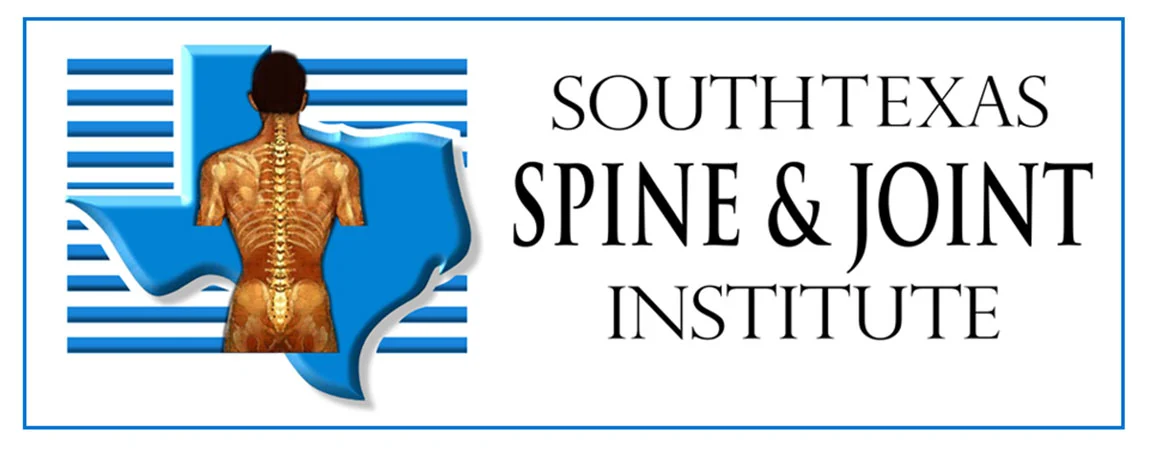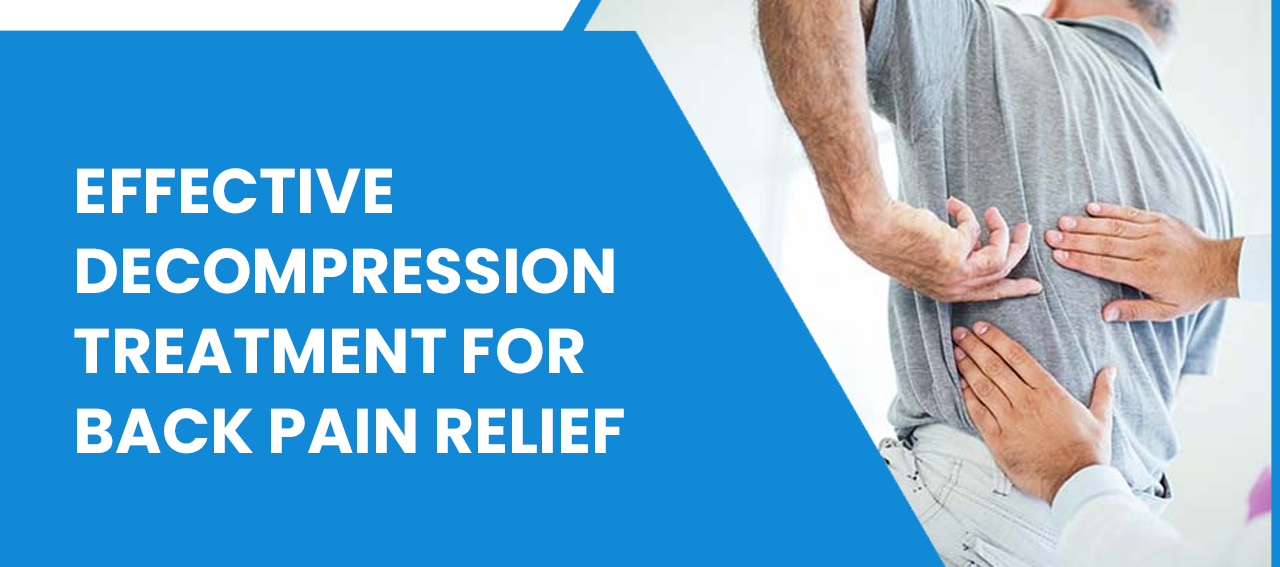Decompression Treatment For Back, often utilized in chiropractic care, refers to a therapeutic approach aimed at alleviating pressure on spinal structures, particularly intervertebral discs and nerves. This treatment is crucial for individuals suffering from various spinal conditions, such as herniated discs, degenerative disc disease, sciatica, and spinal stenosis. The importance of decompression treatment lies in its ability to relieve pain, improve mobility, and enhance the overall quality of life for patients experiencing debilitating back issues. Through this outline, we aim to elucidate the fundamentals of decompression treatment, including its mechanisms, indications, implementation, post-treatment care, efficacy, and safety considerations. This comprehensive overview serves the purpose of providing both healthcare professionals and patients with a clear understanding of the role and benefits of decompression treatment in managing back-related ailments.
Understanding Decompression Treatment For Back
Decompression treatment for back involves the application of therapeutic techniques aimed at relieving pressure on spinal structures, particularly the intervertebral discs and nerves. Various methods are employed in back decompression, including mechanical decompression, manual decompression, traction therapy, and inversion therapy. Mechanical decompression utilizes specialized equipment such as traction tables or decompression devices to gently stretch the spine and create space between vertebrae, reducing pressure on spinal discs and nerves. Manual decompression involves hands-on manipulation by a trained healthcare provider to manually stretch and decompress the spine. Traction therapy utilizes a pulling force applied to the spine, either manually or with the use of mechanical devices, to alleviate pressure and promote spinal alignment. Inversion therapy involves hanging upside down, either on an inversion table or with gravity boots, to decompress the spine and relieve pressure on spinal discs and nerves. The mechanisms of action underlying these techniques include spinal disc decompression, which relieves pressure on compressed discs, reduces pressure on nerves, alleviates pain and neurological symptoms, and improves blood flow to affected areas, facilitating tissue healing and repair. Understanding these methods and their mechanisms of action is crucial in determining the most appropriate approach for individual patients suffering from back-related issues.

Indications For Decompression Treatment For Back
Decompression treatment for back is often recommended for various common conditions affecting the spine, including herniated discs, degenerative disc disease, sciatica, and spinal stenosis.
- Herniated discs occur when the soft inner material of a spinal disc protrudes through the tough outer layer, leading to compression of nearby nerves and resulting in pain, numbness, or weakness.
- Degenerative disc disease involves the gradual breakdown of spinal discs, leading to pain, stiffness, and reduced flexibility.
- Sciatica, characterized by pain radiating from the lower back down the leg, often occurs due to compression of the sciatic nerve by a herniated disc or bone spur.
- Spinal stenosis refers to the narrowing of the spinal canal, which can compress nerves and cause pain, tingling, or weakness in the legs.
Additionally, individuals experiencing symptoms such as back pain, leg pain or numbness, weakness in extremities, or limited range of motion may also benefit from decompression treatment for back. By addressing the underlying causes of these symptoms and conditions, back decompression therapy aims to alleviate discomfort and improve overall spinal health and function.
Pre-Treatment Preparation
Before undergoing decompression treatment for back pain, thorough pre-treatment preparation is essential. This involves conducting a comprehensive patient evaluation, which includes obtaining the patient’s medical history to identify any underlying conditions or previous treatments that may impact the course of treatment. A thorough physical examination is also conducted to assess the patient’s current spinal health, including range of motion, muscle strength, and areas of tenderness or discomfort. Diagnostic imaging, such as X-rays, MRIs, or CT scans, may be ordered to further evaluate the spine’s structure and identify any specific issues that require attention.
In addition to the evaluation process, patient education is a crucial component of pre-treatment preparation. Patients must be provided with a clear explanation of the back decompression procedure, including the techniques involved and how they work to alleviate spinal pressure and symptoms. Furthermore, patients should be informed of the potential risks and benefits associated with the treatment, allowing them to make informed decisions about their care. Managing expectations and understanding the limitations of back decompression therapy is also important to ensure realistic outcomes and prevent disappointment.
Finally, obtaining consent and documentation is necessary before proceeding with treatment. Patients should be provided with consent forms outlining the details of the procedure, including its purpose, potential risks, and alternatives. Additionally, thorough documentation of the patient’s consent and the details of the treatment plan should be recorded in the patient’s medical records to ensure proper documentation and accountability throughout the treatment process. By following these pre-treatment preparation steps, healthcare providers can ensure the safety, effectiveness, and informed participation of patients in back decompression therapy.

Implementation Of Decompression Treatment
Implementing decompression treatment for back involves several key steps to ensure its effectiveness and safety. Firstly, setting up the necessary equipment is essential. This may include traction tables, decompression devices, or inversion tables, depending on the chosen technique. Ensuring that the equipment is properly assembled, calibrated, and in good working condition is crucial for the success of the treatment.
Next, patient positioning is carefully considered to optimize the therapeutic effects of decompression. Patients may be positioned lying down on a traction table, seated in a decompression chair, or inverted on an inversion table, depending on the specific technique being used. Proper positioning helps to target the affected area of the spine and maximize the decompressive forces exerted on the spinal structures.
Adjustment of parameters such as traction force, angle of inversion, or duration of treatment sessions is tailored to each patient’s individual needs and response to treatment. Healthcare providers carefully monitor and adjust these parameters throughout the session to ensure optimal outcomes while minimizing the risk of discomfort or injury.
Continuous monitoring and supervision during the treatment session are essential to ensuring patient safety and comfort. Healthcare providers closely observe the patient’s response to treatment, including vital signs, pain levels, and any signs of discomfort or adverse reactions. Prompt adjustments may be made as needed to ensure the patient’s well-being and optimize treatment effectiveness.

Finally, the duration of treatment sessions is determined based on various factors, including the patient’s condition, tolerance to treatment, and therapeutic goals. Sessions typically last between 20 and 45 minutes and may be scheduled multiple times per week for several weeks, depending on the severity of the condition and the patient’s response to treatment. By carefully implementing these steps, healthcare providers can deliver effective and safe decompression treatment for back issues, helping patients find relief from pain and improve their spinal health.
Post-Treatment Care And Follow-Up
After undergoing decompression treatment for back issues, patients require careful post-treatment care and follow-up to optimize outcomes and prevent complications. Immediately following treatment, healthcare providers must monitor patients for any adverse reactions, such as increased pain or discomfort, dizziness, or numbness. Patients should also be instructed on activities to avoid, such as heavy lifting, strenuous exercise, or prolonged sitting, to prevent exacerbation of symptoms and ensure proper healing.
In the long term, effective management of back issues involves a comprehensive approach that includes rehabilitation exercises tailored to strengthen the spine and improve flexibility. These exercises may include stretching, strengthening, and stabilization exercises designed to address specific weaknesses or imbalances in the muscles supporting the spine. Additionally, lifestyle modifications such as maintaining a healthy weight, practicing good posture, and avoiding smoking can help to reduce the risk of recurrent back problems and promote overall spinal health.
Follow-up appointments with healthcare providers are essential for monitoring progress, adjusting treatment plans as needed, and addressing any ongoing concerns or issues. These appointments allow healthcare providers to assess the effectiveness of decompression treatment and make any necessary modifications to the patient’s care plan. In some cases, additional treatments such as chiropractic care, massage therapy, or acupuncture may be recommended to further enhance the benefits of decompression therapy and address any residual symptoms.
By providing comprehensive post-treatment care and follow-up, healthcare providers can help patients achieve long-term relief from back issues and improve their overall quality of life. Encouraging adherence to rehabilitation exercises, promoting healthy lifestyle habits, and ensuring regular monitoring and follow-up appointments are key components of successful post-treatment care for individuals undergoing decompression treatment for back problems.
Efficacy And Safety Considerations
When considering the efficacy and safety of decompression treatment for back issues, it’s important to evaluate both the evidence supporting its effectiveness and the potential risks associated with the procedure. Clinical studies have shown promising results regarding the efficacy of decompression therapy in relieving pain, improving mobility, and reducing disability associated with various spinal conditions. These studies often demonstrate significant improvements in patient’s symptoms and functional outcomes following decompression treatment for back, providing strong evidence for its therapeutic benefits. Additionally, patient testimonials and anecdotal evidence further support the effectiveness of decompression therapy, with many individuals reporting substantial relief from back pain and improved quality of life after undergoing treatment.

Despite its potential benefits, decompression treatment for back is not without risks. Some patients may experience muscular discomfort or soreness following treatment, which is usually temporary and resolves with time. In some cases, patients may also experience a temporary increase in symptoms immediately after treatment as the spine adjusts to the decompressive forces exerted during the procedure. However, these symptoms typically subside within a few hours or days and are often indicative of the body’s natural healing response. While rare, more serious complications such as nerve damage or worsening of spinal conditions may occur, particularly if the procedure is not performed correctly or if patients have underlying health issues. Therefore, it’s important for healthcare providers to carefully assess patients’ suitability for decompression treatment for back and to monitor them closely for any adverse reactions or complications during and after treatment. Overall, while decompression therapy offers a promising non-invasive approach to managing back issues, healthcare providers must weigh the potential benefits against the risks and ensure that patients are well-informed and carefully monitored throughout the treatment process.
Conclusion
In conclusion, decompression treatment for back issues offers a valuable therapeutic approach aimed at alleviating pressure on spinal structures and relieving symptoms associated with various spinal conditions. Throughout this outline, key points regarding back decompression have been highlighted, including its definition, techniques used, mechanisms of action, indications, pre-treatment preparation, implementation, post-treatment care, efficacy, and safety considerations.
It’s crucial to emphasize the importance of decompression treatment for back in improving the quality of life for individuals suffering from debilitating back problems. By targeting the underlying causes of pain and dysfunction, decompression treatment for back can provide significant relief, enhance mobility, and promote overall spinal health. Moreover, decompression therapy has demonstrated encouraging outcomes in the management of back problems and the restoration of function, as demonstrated by clinical studies and patient testimonials.
Looking ahead, future directions and advances in the field of decompression treatment for back hold promise for further enhancing its efficacy and expanding its applications. Continued research efforts aimed at optimizing treatment techniques, refining patient selection criteria, and exploring innovative approaches will contribute to advancing the field and improving outcomes for patients with back-related ailments.
In summary, chiropractic care represents a valuable therapeutic option for individuals seeking relief from back pain and dysfunction. By understanding its mechanisms, indications, and implementation strategies, healthcare providers can effectively utilize decompression therapy for back to improve the lives of their patients and contribute to the ongoing advancement of spinal care.


No comment yet, add your voice below!